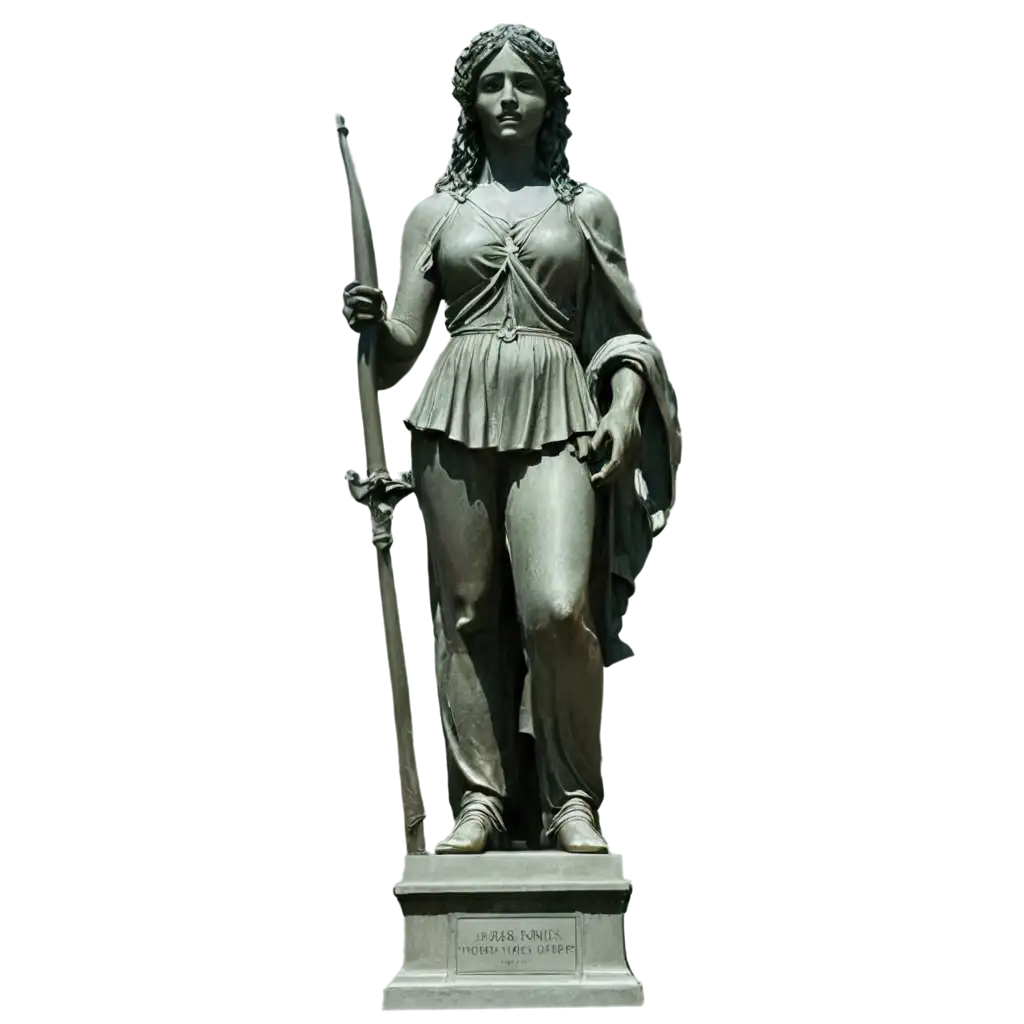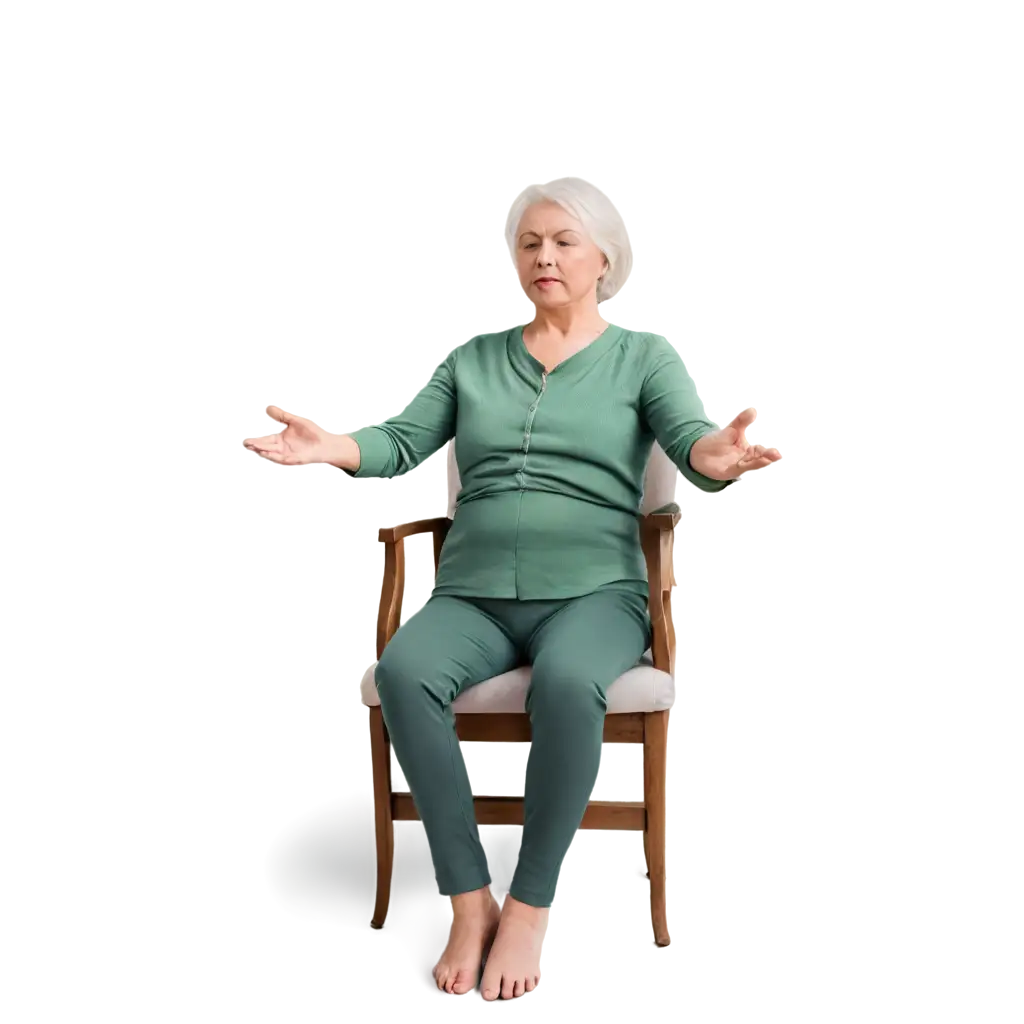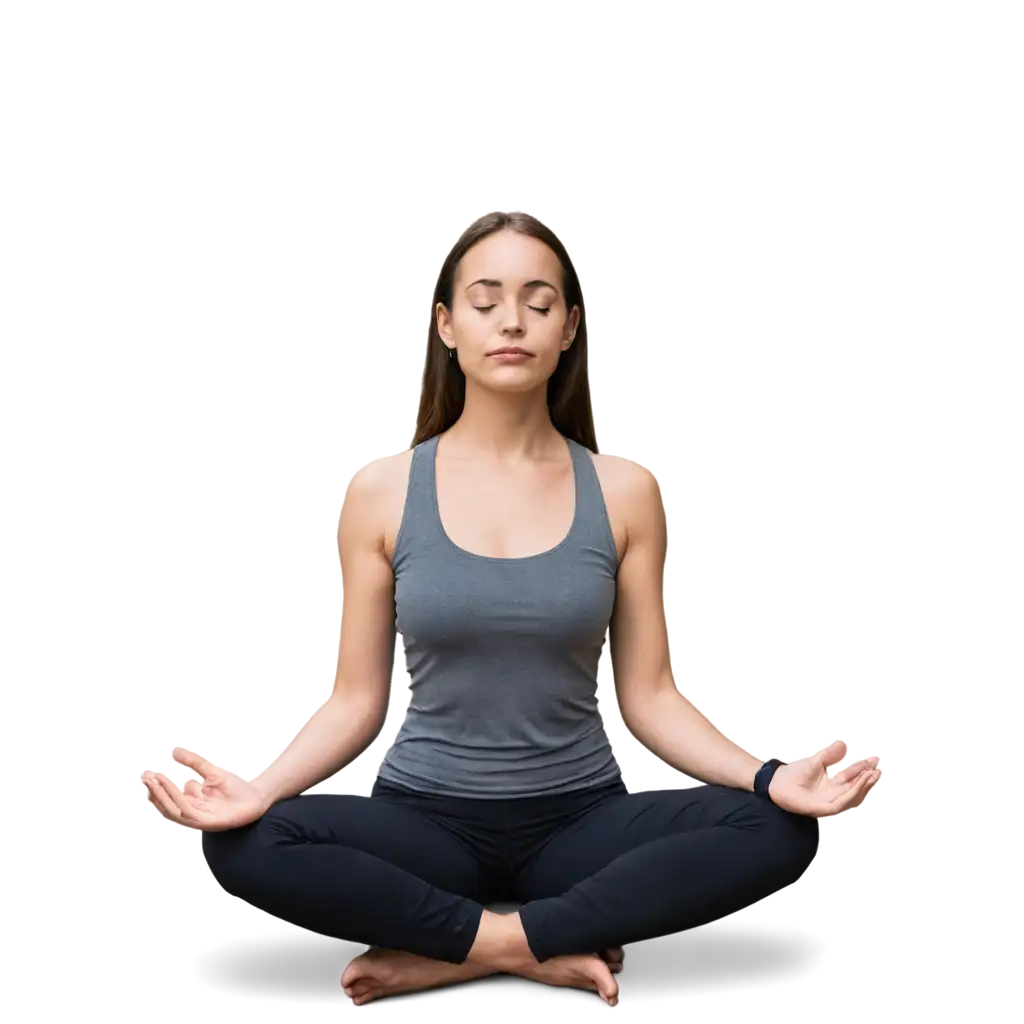6 Free Balance Photos transparent PNG images
Welcome to our Balance Photos collection, featuring 6 free AI-generated images. Explore a diverse array of stock photos, 3D objects, vectors, and illustrations that capture the essence of balance in various forms. Enjoy high-resolution downloads and use our 'open in editor' feature to customize prompts for your perfect balanced image.






Related Tags
Balance in photography and design refers to the harmonious arrangement of elements within a composition. It can be achieved through symmetry, asymmetry, or radial distribution. In visual arts, balance creates a sense of stability and order, making images more appealing and easier to comprehend. Photographers and designers use various techniques to achieve balance, such as distributing visual weight, utilizing color contrast, and manipulating negative space. Understanding these principles is crucial for creating compelling images that resonate with viewers and effectively convey messages.
Understanding Balance in Photography and Design
There are several types of balance in visual arts, each with unique characteristics and applications. Symmetrical balance involves mirror-like arrangements and is often used to convey stability and formality. Asymmetrical balance, on the other hand, uses contrasting elements to create visual interest while maintaining equilibrium. Radial balance arranges elements in a circular pattern around a central point, often evoking a sense of movement or energy. Color balance involves using complementary or contrasting hues to create harmony. These various types of balance are applied in photography, graphic design, architecture, and other visual media to create aesthetically pleasing and impactful compositions.
Types of Balance and Their Applications in Visual Arts
In AI-generated images, balance plays a crucial role in producing visually appealing and realistic results. AI algorithms are trained to recognize and replicate balanced compositions found in human-created artworks and photographs. This understanding of balance allows AI to generate images that appear natural and aesthetically pleasing. For stock photos, balance helps create professional-looking images suitable for various applications. In 3D objects and illustrations, balance ensures that the generated images have a sense of stability and visual coherence. As AI technology advances, the ability to create perfectly balanced compositions continues to improve, offering users a wide range of high-quality, balanced images for their projects.
The Role of Balance in Creating Effective AI-Generated Images
When using AI to generate balanced photos, there are several techniques you can employ to enhance the results. First, consider the rule of thirds, a fundamental principle in composition that divides an image into a 3x3 grid. Placing key elements along these lines or at their intersections often results in a more balanced image. Second, pay attention to color balance by using complementary or analogous color schemes in your prompts. Third, experiment with different types of balance - symmetrical, asymmetrical, or radial - depending on your desired outcome. Lastly, use the 'open in editor' feature to fine-tune your generated images, adjusting elements to achieve the perfect balance for your specific needs.
Techniques for Achieving Balance in Your AI-Generated Images